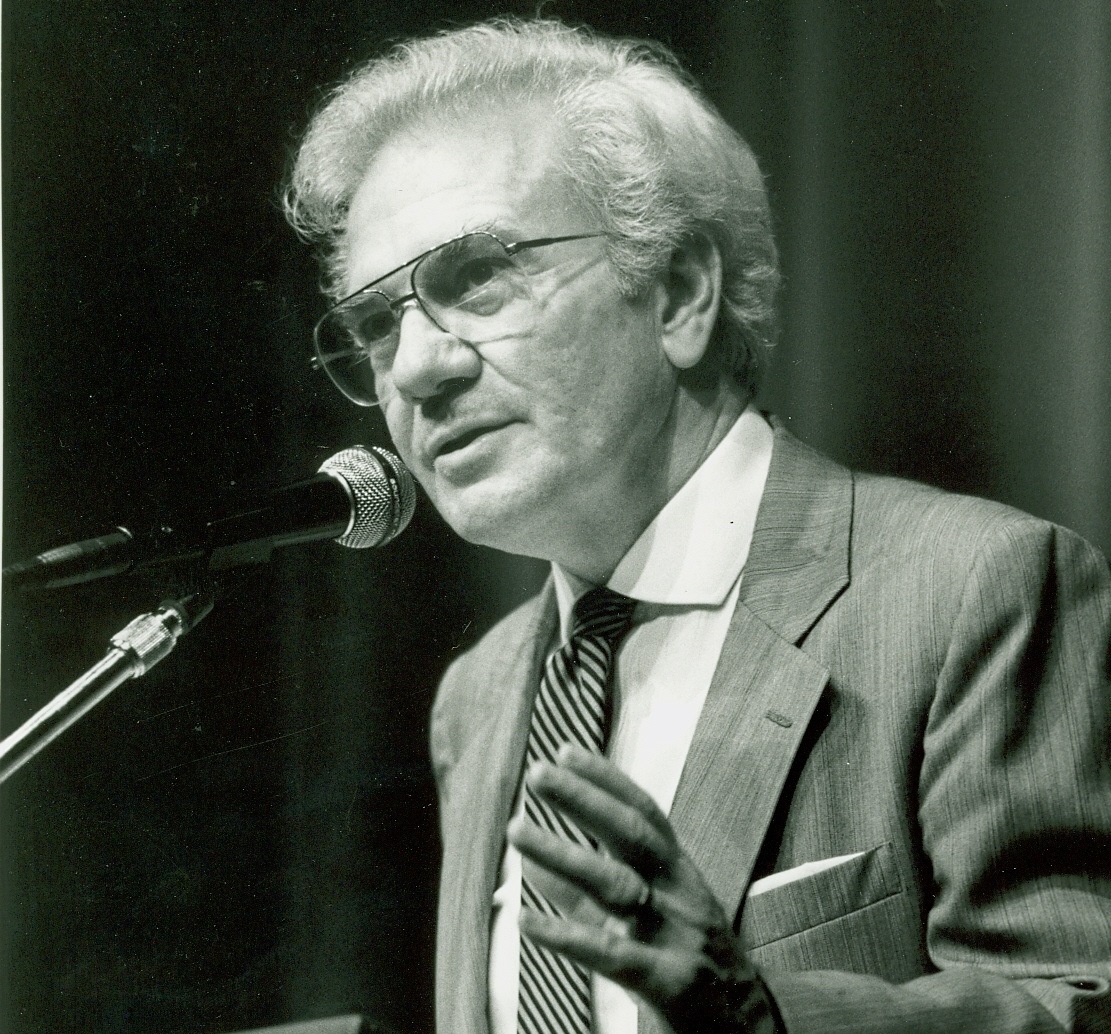![Carnegie Teacher Fellows (top row, left to right: Lillian Augustine, Kristin Sonquist, Eugene Schwartz, Suzann Westermann, Bev[erly] Boyer, Frances Harmon/bottom row, left to right: Mary Ellen Bafumo, Jean Mumper, Nancy McCullum, and Joy Warner). -BCA](https://blogs.messiah.edu/boyerarchives/wp-content/uploads/sites/13/2016/02/1000-0001-2298.jpg)
Carnegie Teacher Fellows (top row, left to right: Lillian Augustine, Kristin Sonquist, Eugene Schwartz, Suzann Westermann, Bev[erly] Boyer, Frances Harmon/bottom row, left to right: Mary Ellen Bafumo, Jean Mumper, Nancy McCullum, and Joy Warner). -BCA
Boyer summarizes these Basic School ideas in a speech he gave at East Washington University in 1979. He states:
First- we need a basic school—a time to teach each child fundamental skills and focus especially on the effective use of language. All we know, all we fear, all we hope is created and conveyed- through symbols… It is a startling fact that today young children watch television 4-5000 hours before they ever go to school. They soak up messages and stare at pictures without formulating messages of their own, without extending their own vocabulary, without developing the capacity for coherent thought. For many of our students this has become the age of the flash and the zap, the hour-long epic, the 30 minute encyclopedia, the 5 minute explanation, the one minute sell, the 2 second fix. In this context teaching children how to read and write and speak with clarity- becomes at once more difficult and more crucial.
What is important to note is Boyer’s belief in the connectivity of language or expression. We seek information from others because it is assumed that communication is possible, not only through language but also through common symbols associated with objects and abstract concepts. Yet, it is in this understanding of language and symbols that we can develop our own methods of expression. Oral expression or other methods such as art allow for both in-depth learning and individual cognitive development, which are skills necessary to function in society.
These ideas can be seen through the creation of the Carnegie Teacher Fellows bears. Each fellow was connected in the creation of the bears because each fellow supplied a piece of fabric. Although each piece of fabric was unique to each person, all of the pieces were necessary for the bears to be made and for each person to have one.
We need to remember that we are connected, not by fabric but by language and symbols. These things make up “all we know.” Therefore, we should encourage each other both to express ourselves and to listen to each other. In doing so, we can build upon our own knowledge while also striving for clarity and mutual understanding.
Today’s post demonstrates the impact of Boyer’s ideas, that they can be seen in tangible ways. This post is also a tribute to the groups of people who have taken the time to study and practice Boyer’s ideas.
To read the rest of Boyer’s speech, click here.



